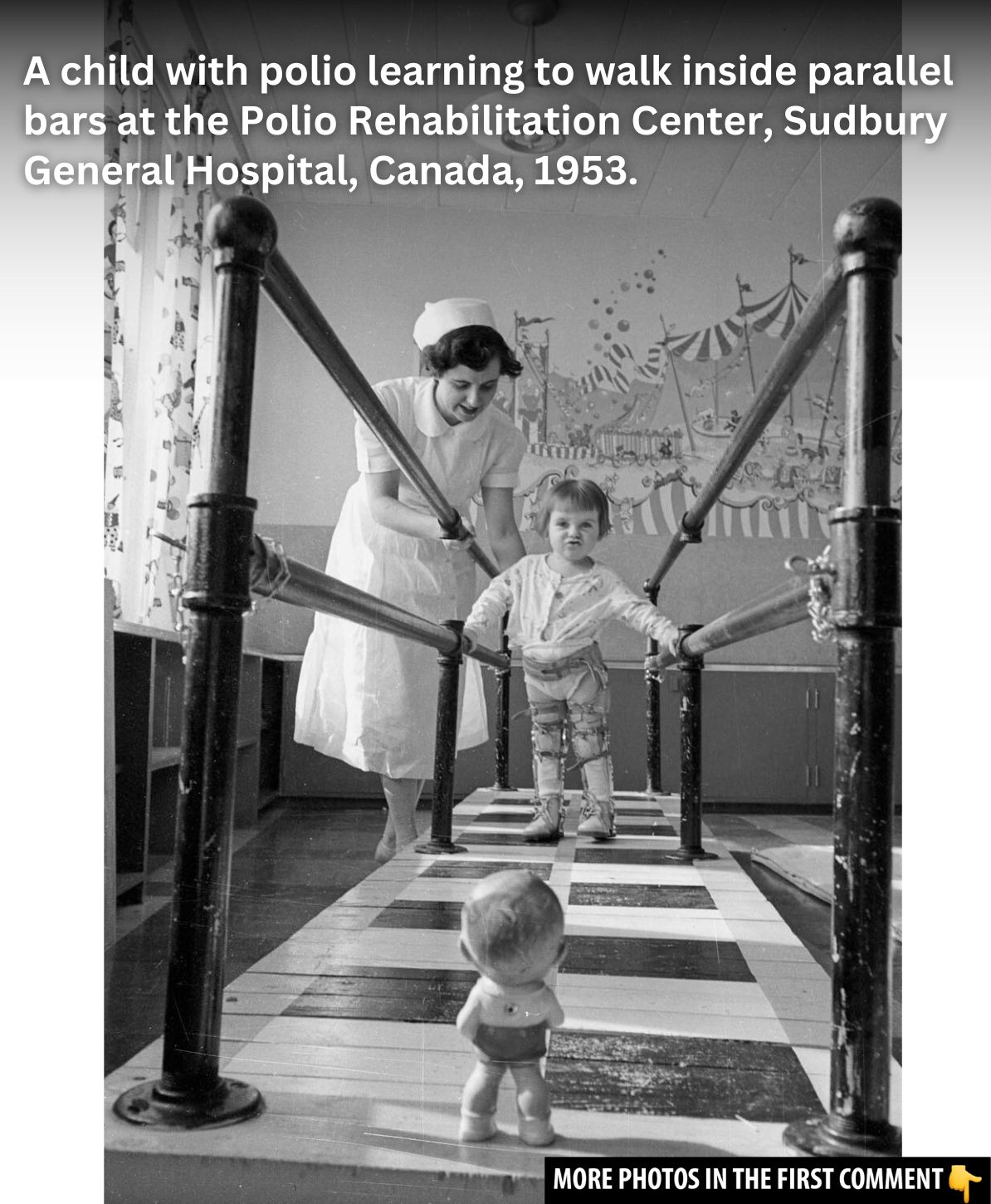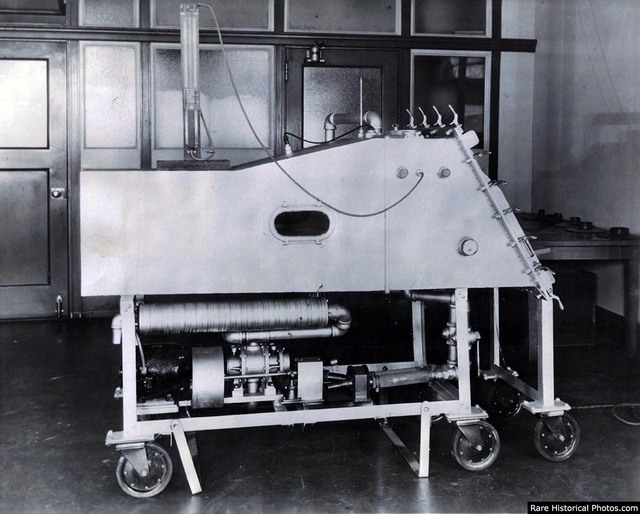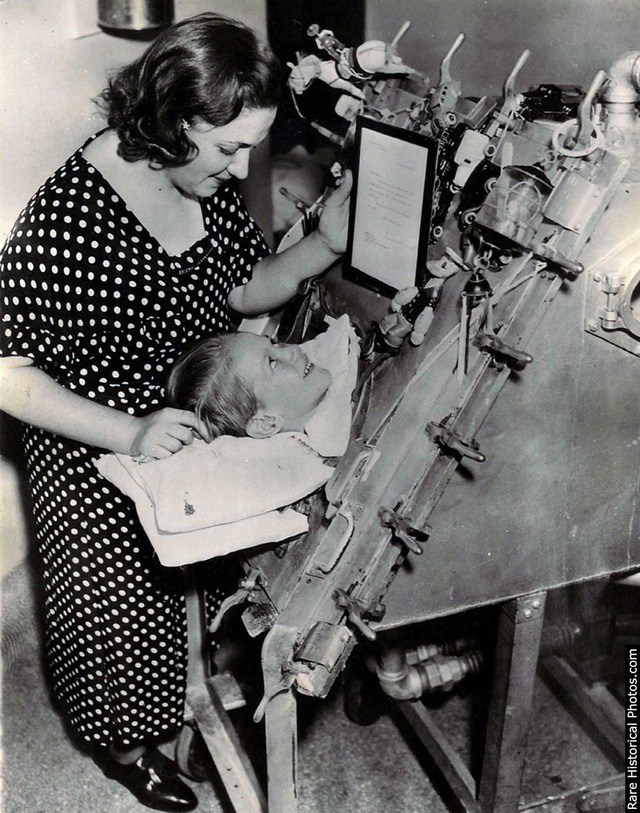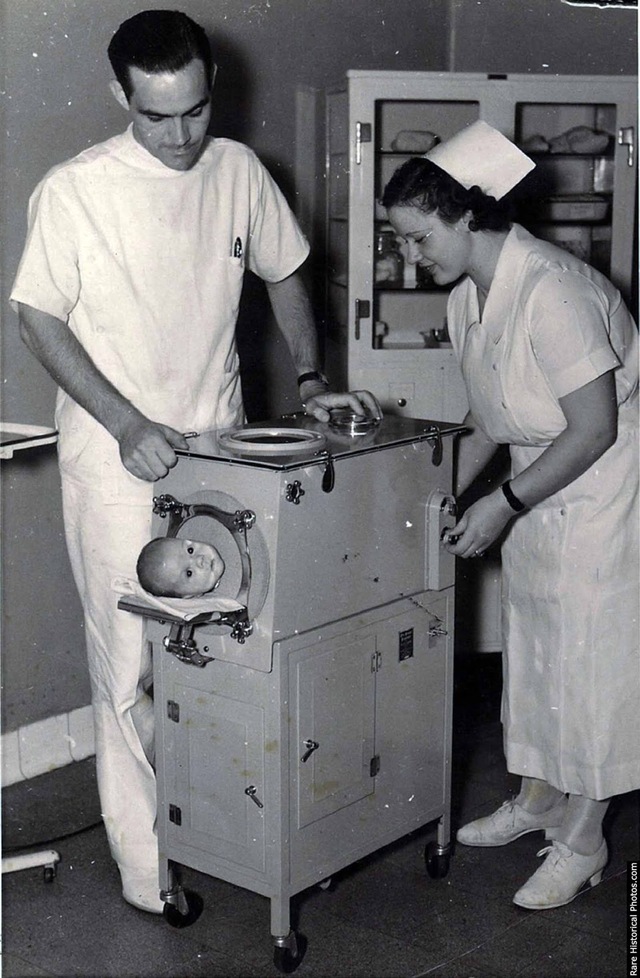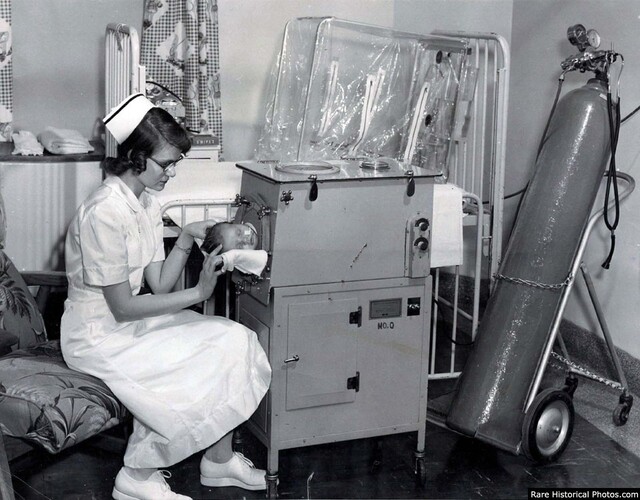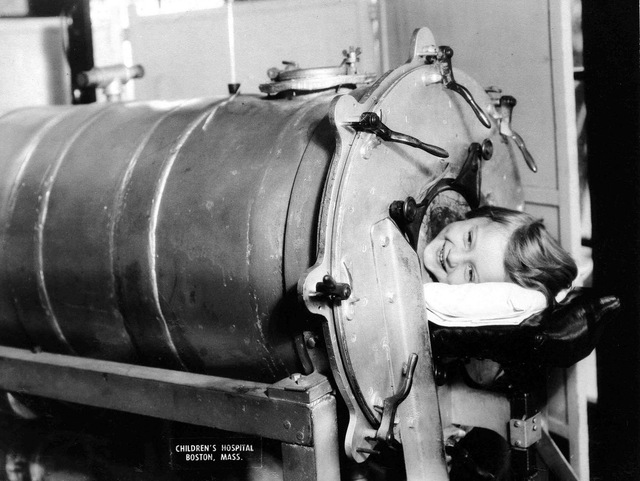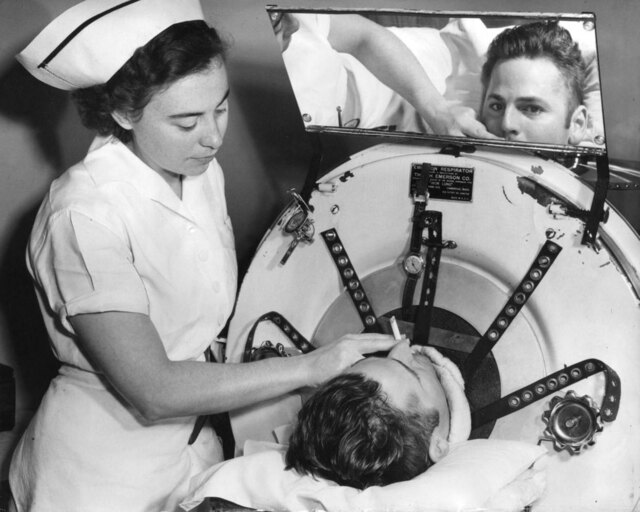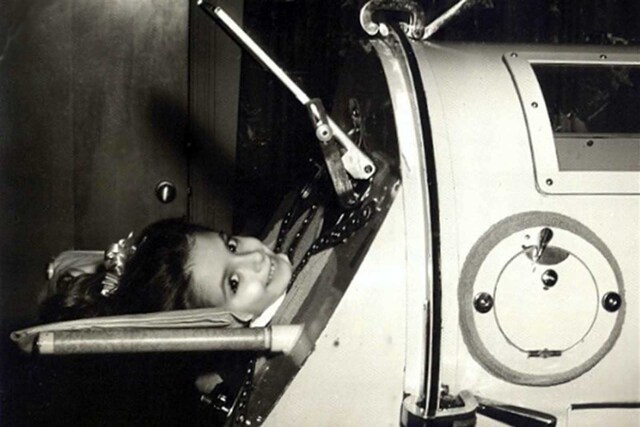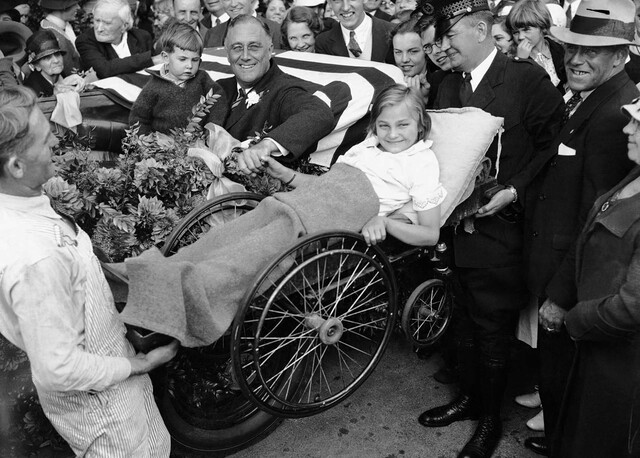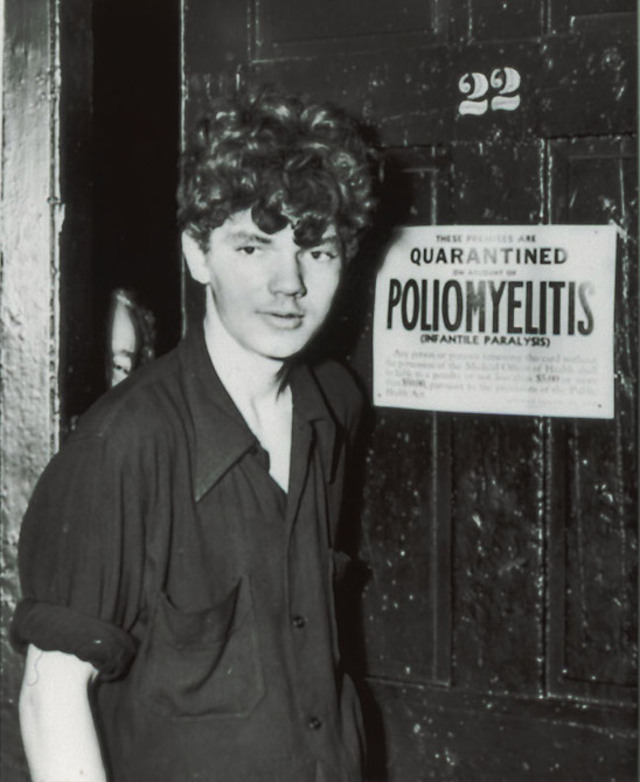Polio, or poliomyelitis, was one of the most feared diseases of the 20th century, striking fear into the hearts of families across the globe. It paralyzed thousands of children and left countless others in desperate need of life-saving interventions. With no cure available, the fight against polio was waged in the hospitals, through the invention of innovative medical devices like the iron lung, and ultimately, in the laboratories where vaccines were developed that would change the course of history. In this story of scientific perseverance, human suffering, and eventual triumph, the role of the iron lung stands as both a symbol of resilience and a reminder of the horrors of polio.
Polio’s Rise: The Fear and Devastation of a Silent Epidemic

Polio is caused by a virus that attacks the nervous system, often leading to paralysis and, in severe cases, death. In the early 20th century, polio was rampant in industrialized countries, affecting children most severely. The fear of polio was pervasive, as every year, thousands of children were paralyzed, some permanently, and many others died from the complications of the disease. By the time the polio epidemics reached their peak in the 1950s, the United States alone saw over 21,000 cases in one year, with 3,000 deaths.
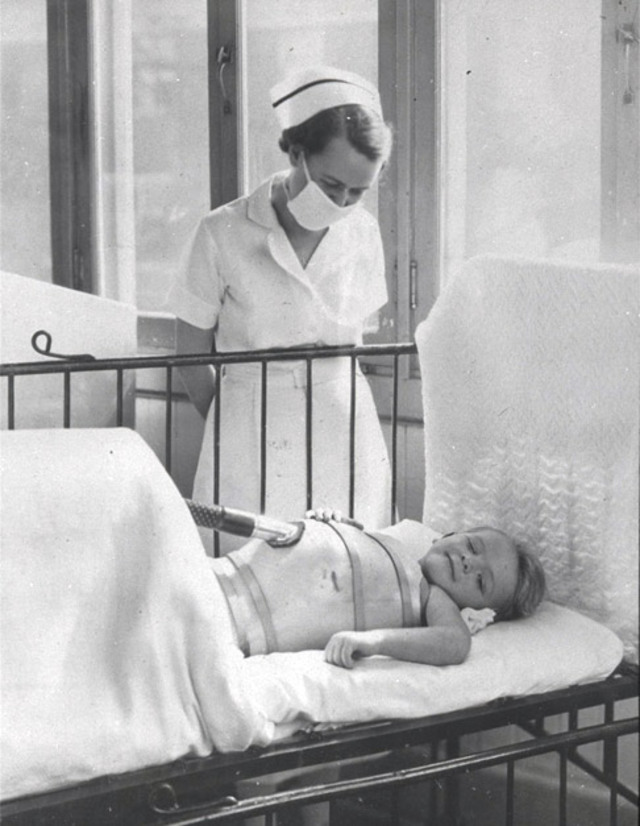
The disease’s spread was unpredictable, and its symptoms—pain, weakness, and muscle loss—could appear months or even years after the initial infection, leaving a trail of long-term damage in its wake. Communities were deeply affected as the disease was highly contagious, leading to quarantines and travel restrictions to contain its spread. The fear of polio left an indelible mark on society, prompting the need for urgent medical solutions.
Video
Watch this video to learn about the fight against polio and the efforts to eradicate it!
The Iron Lung: Breathing Life Into the Helpless
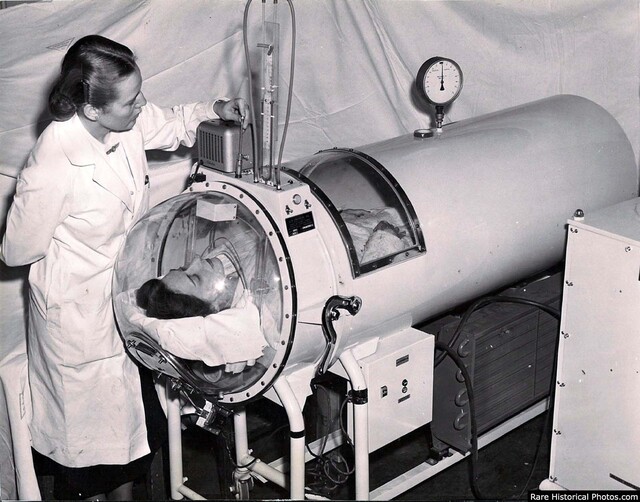
The invention of the iron lung, a mechanical respirator designed to assist breathing in polio patients, marked a turning point in the fight against the disease. In 1928, the first iron lung was developed by Harvard researchers Philip Drinker, Louis Agassiz Shaw, and James Wilson. This machine used negative pressure ventilation, a technique that mimicked the process of normal breathing by expanding and contracting the patient’s chest through changes in air pressure.
Before the iron lung, polio victims who experienced paralysis of the respiratory muscles often suffocated. The iron lung was the first device that could keep patients breathing when their lungs could no longer function on their own. It provided crucial life support, allowing many patients to survive who otherwise would not have. The machine became a lifeline for thousands, but its large size, high cost, and the long-term confinement of patients in these devices made it an imperfect solution. Still, during the height of the polio epidemics, the iron lung was a symbol of hope and survival.
Life in the Iron Lung: A Struggle for Survival

While the iron lung was a miraculous invention, it was not without its limitations. The machine, often referred to as a “tank respirator,” encased the patient’s body from the neck down, with only the head exposed. As the patient’s chest was subjected to alternating air pressure, they could breathe, but their movements were severely restricted. Patients in the iron lung were often unable to do anything other than look up at a mirror placed above them, reflecting the room around them. For many, the experience was one of isolation and helplessness.
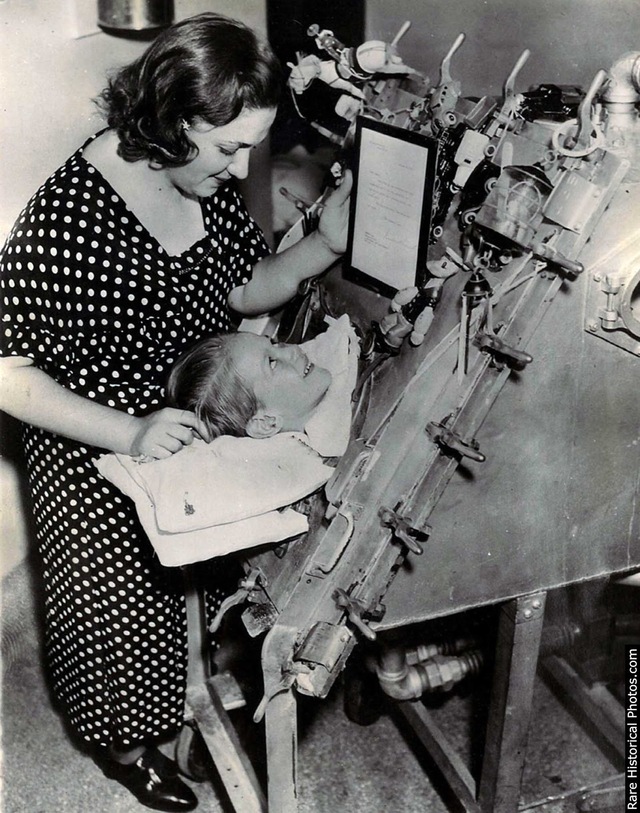
Stories of polio patients spending years in iron lungs became all too common. In some cases, individuals lived in these machines for decades, as with Martha Ann Lillard, who spent nearly six decades confined to an iron lung after contracting polio at the age of five. The emotional toll was immense, as patients were not only physically incapacitated but also socially isolated. Despite these hardships, the iron lung became a symbol of resilience for many polio survivors, who fought daily for their survival.
Technological Evolution: Improvements and Alternatives to the Iron Lung
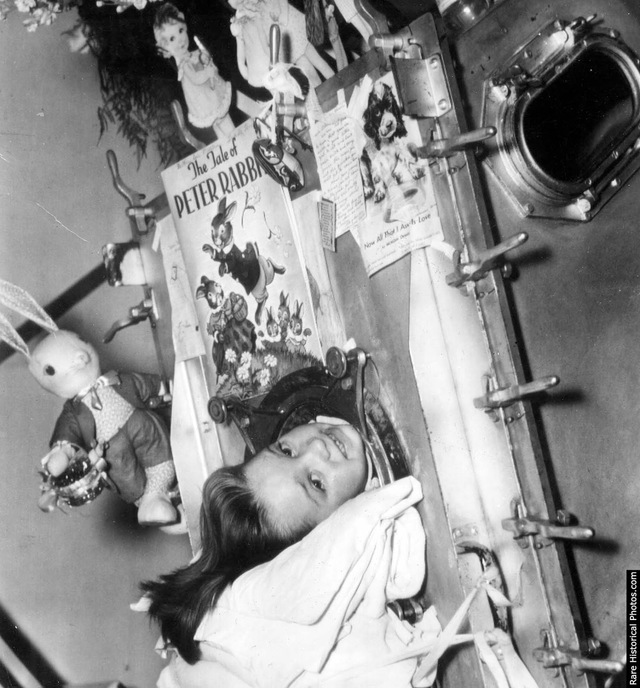
As the demand for life-saving devices grew, so did the drive for innovation. The iron lung, while revolutionary, had its flaws. It was cumbersome, expensive, and required constant maintenance. The design was eventually improved, particularly by the development of the Emerson iron lung in the 1930s, which used a bellows system to make the process of negative pressure ventilation more efficient and affordable. However, the iron lung remained costly, with a single machine in the 1930s priced at $1,500—equivalent to the cost of an average home.
As medical research progressed, more efficient and portable alternatives to the iron lung were developed. Positive-pressure ventilators, which provided a continuous flow of air into the lungs, gradually replaced the bulky iron lung. These newer machines proved less expensive and more effective in treating patients with polio, especially those who experienced respiratory failure due to bulbar polio, which affects the muscles used for breathing.
The introduction of positive-pressure ventilators marked a significant decrease in the mortality rate of polio patients, especially as their use became widespread in hospitals and clinics. These advances in medical technology helped reduce the need for iron lungs, and the machines eventually became obsolete in the face of more effective treatments.
Polio Vaccines: A Breakthrough in Prevention
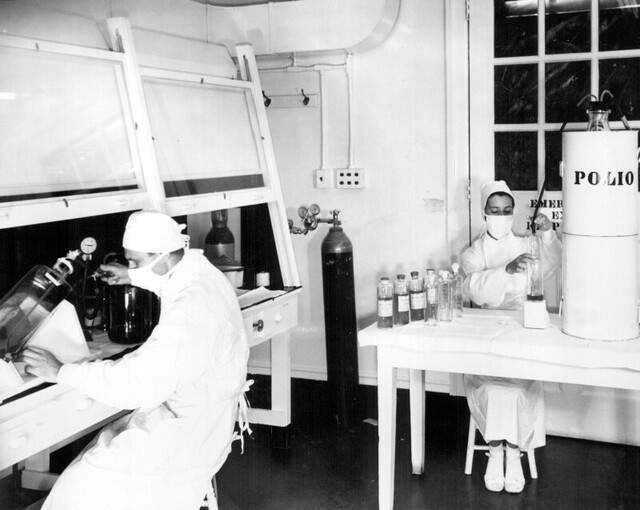
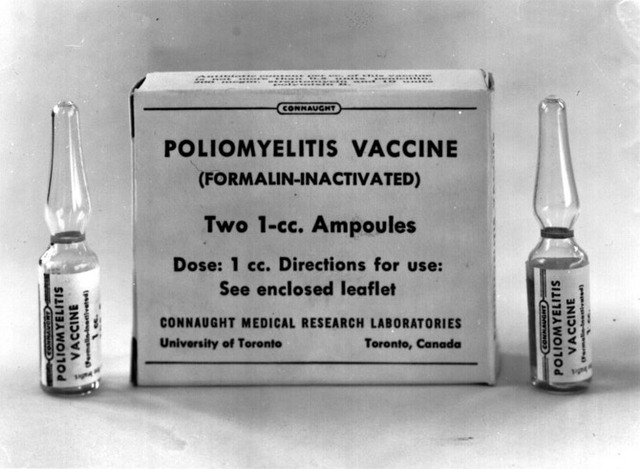
The true turning point in the fight against polio came with the development of vaccines. In the 1950s, the race to create an effective vaccine was on. In 1952, Dr. Jonas Salk introduced the inactivated polio vaccine (IPV), which proved to be highly effective in preventing polio infections. After rigorous field trials, the vaccine was licensed for use in 1955, leading to the first wave of mass immunization campaigns.
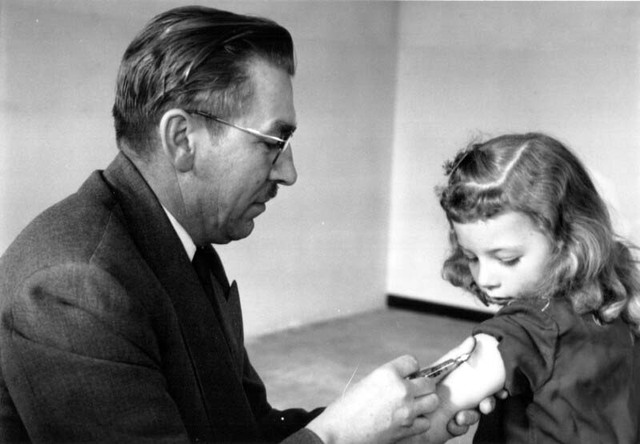
By the late 1950s, the number of polio cases in the United States dramatically decreased, thanks to the widespread distribution of the Salk vaccine. Eight years later, Albert Sabin developed an oral polio vaccine (OPV), which was easier to administer and more cost-effective. The success of these vaccines marked the beginning of the end for polio in many parts of the world. By 1961, the number of polio cases in the United States had plummeted to just 161.
The Legacy of Polio and its Vaccines: Eradication and Ongoing Challenges
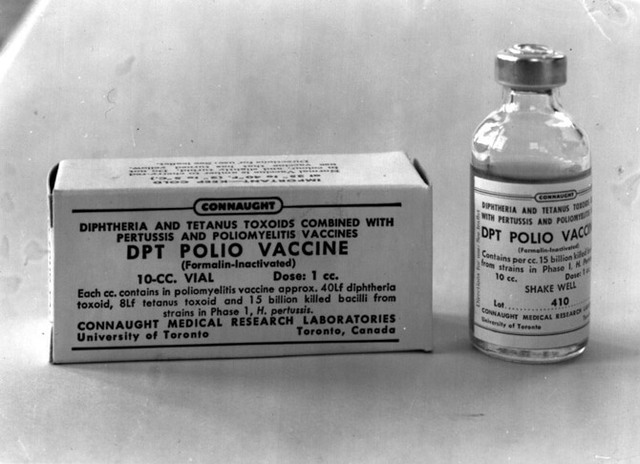
The development of polio vaccines led to a drastic reduction in the number of cases worldwide, and by the late 20th century, polio was virtually eradicated in industrialized nations. The global efforts to eliminate polio continued into the 21st century, with mass vaccination campaigns launched in developing countries to combat the disease. Today, polio remains endemic in only a few countries, and the global efforts to eradicate it continue, with the World Health Organization and other organizations leading the charge.
Despite these successes, challenges remain. Polio eradication efforts in certain regions are hindered by political instability, cultural resistance, and logistical difficulties in reaching remote areas. However, the progress made in combating polio is undeniable, and the world continues to strive for a future where polio is no longer a threat to public health.
Gallery: A Glimpse Into the Polio Era
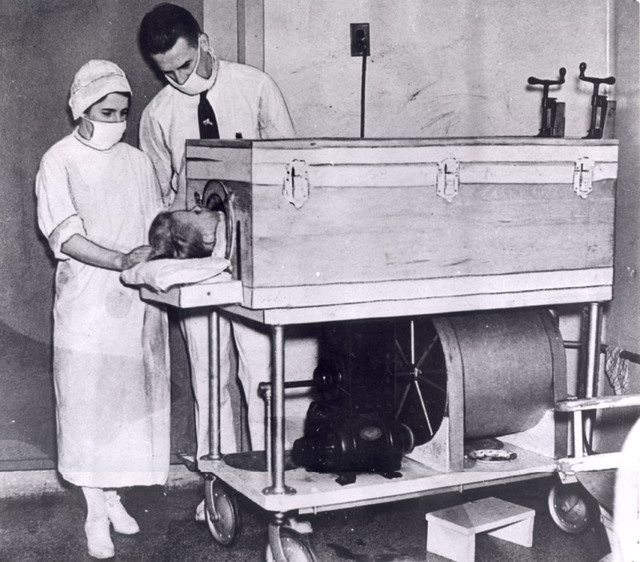
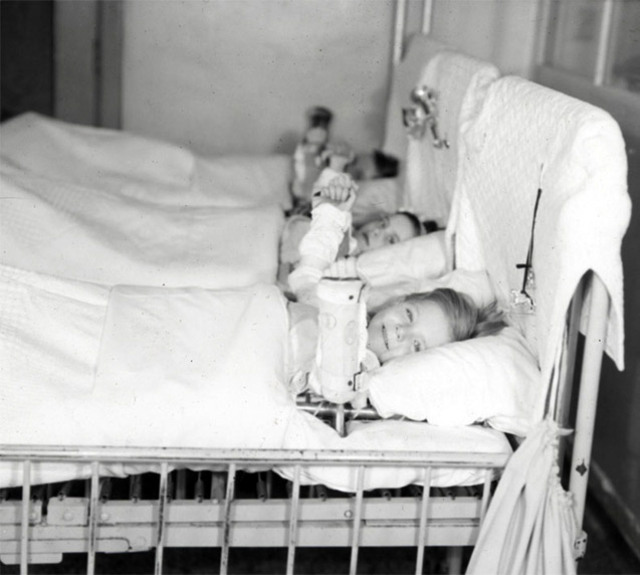
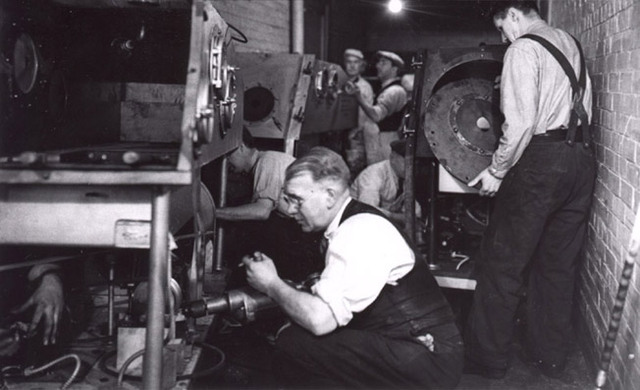
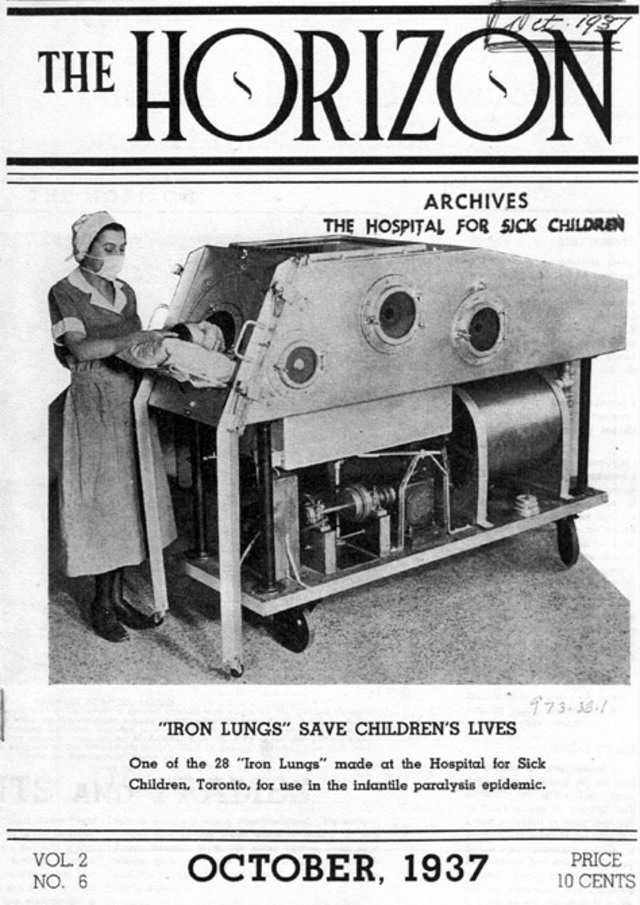
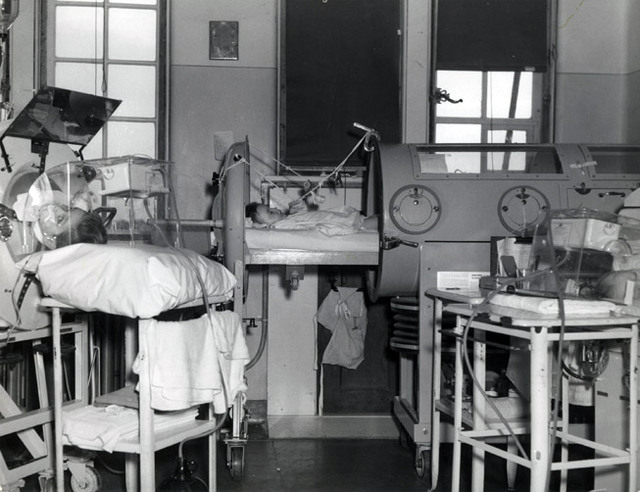
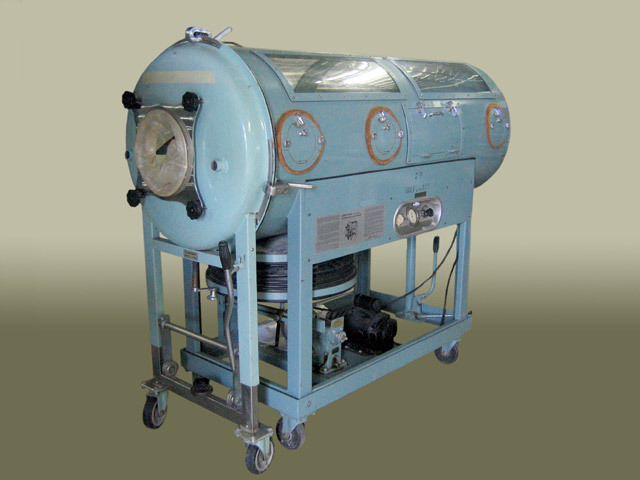


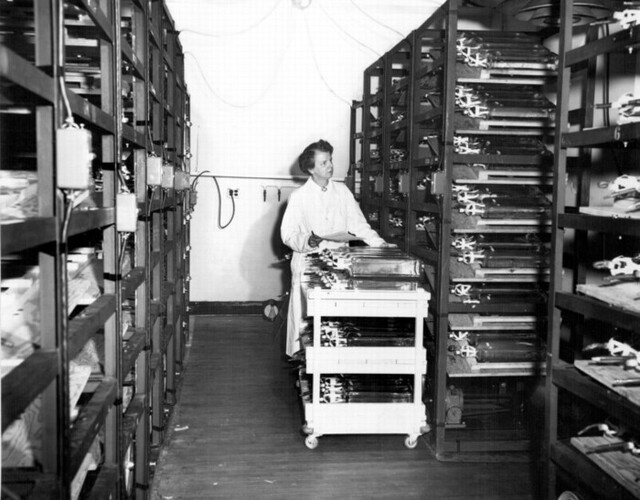
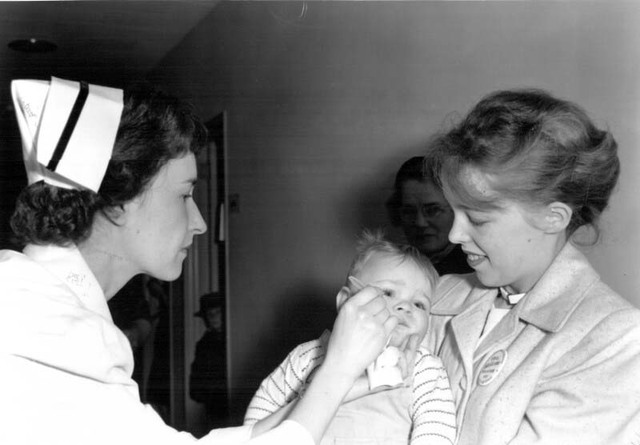
Video
Watch this video to hear the inspiring story of a polio survivor who lived in an iron lung.
Conclusion: Remembering the Polio Fight and Looking Ahead
The story of polio is one of suffering, innovation, and triumph. The development of the iron lung and the eventual discovery of vaccines were milestones in the fight against one of the most feared diseases of the 20th century. Today, polio remains a distant memory in many parts of the world, thanks to the tireless work of scientists, doctors, and activists who refused to accept the status quo. However, the ongoing efforts to eradicate the disease continue, reminding us that the fight against infectious diseases is never truly over.
